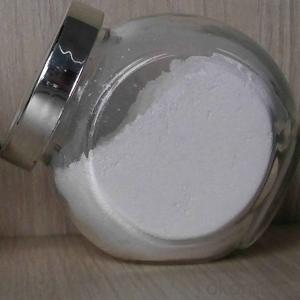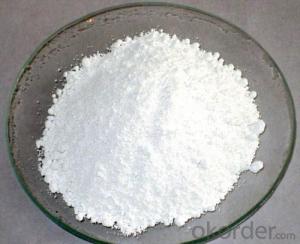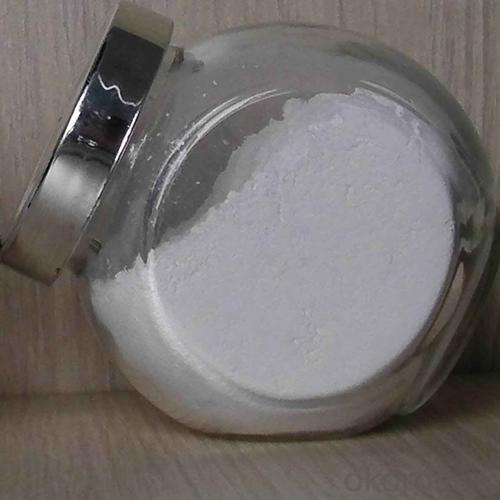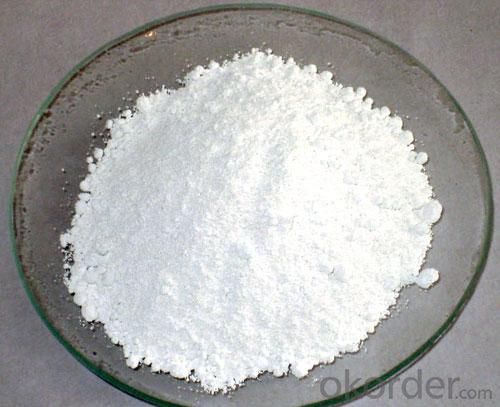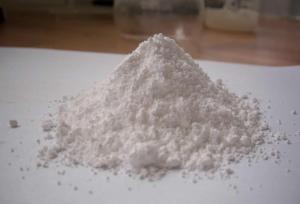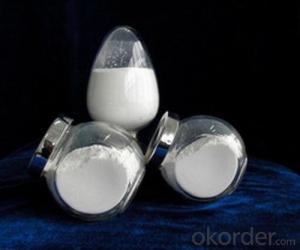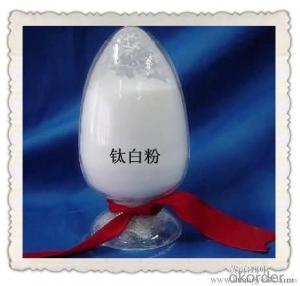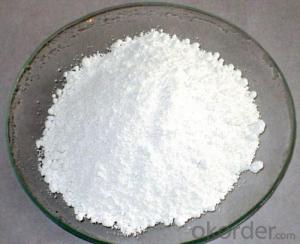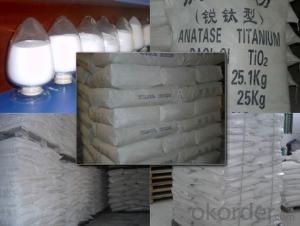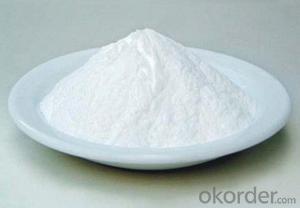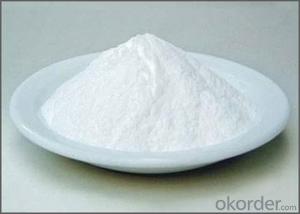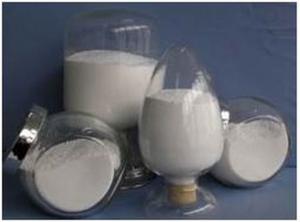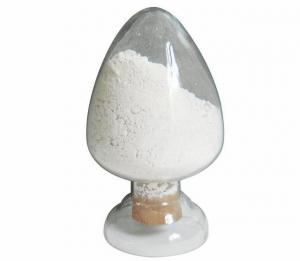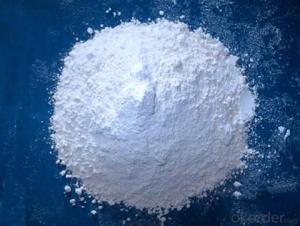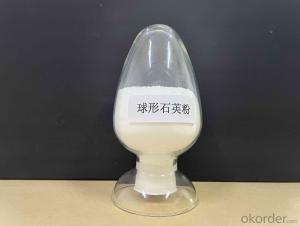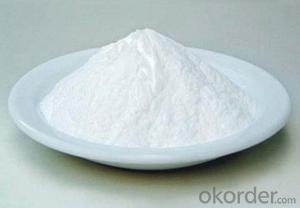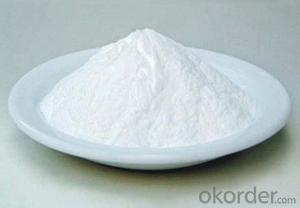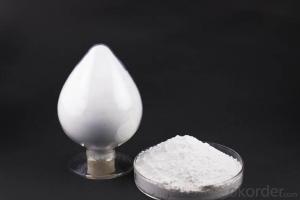General purpose, Coating, PVC, Ink, Plastic, Different Usage Titanium Dioxide
- Loading Port:
- Qingdao
- Payment Terms:
- TT OR LC
- Min Order Qty:
- -
- Supply Capability:
- 1000 m.t./month
OKorder Service Pledge
OKorder Financial Service
You Might Also Like
Specifications of Titanium Dioxide
Titanium Dioxide with wide applications
1, CAS 13463-67-7
2, Rutile, Anatase
3, Soleplate, Chloride process
4, TiO2 90-99%
Titanium Dioxide with widely application, General purpose, Coating, PVC, Ink, Plastic, Paper making, Masterbatch, etc
Characteristics of Titanium Dioxide
Adopting Zinc Chemicals to salt treatment.
Good gloss and hiding Power, anti-chalking, and ease of dispersion in plastics and rubber.
Surface treatment: Alumina, Lipophilicly modified.
Applications of Titanium Dioxide
Masterbatch, Plastics, Rubber, Color Paste, Solven-based printing inks.
Classifications
IS0 591, R2
ASTM D-476-84, Type 2
| Inorganic surface treatment | Al2O3, ZrO2 |
| Organic surface treatment | Yes |
| TiO2 content,%(m/m) | ≥94 |
| Brightness | ≥94.5 |
| Tint reducing power, Reynolds number, TCS | ≥1940 |
| Volatile matters at105·C,%(m/m) | ≤0.5 |
| Water soluble,% | ≤0.5 |
| PH value of water suspension | 6.5-8.5 |
| Oil absorption value,g/100g | ≤18 |
| Electrical resistance of aqueous extract,Ωm | ≥80 |
| Residue on the sieve(45um mesh),%(m/m) | ≤0.02 |
| Rutile content,% | 98.5 |
| Whiteness,(compared with standard sample) | No less than |
| Oil dispersible power,% | 6.0 |
| Index controlled by the company Gardner of dry power |
We are sincerely hoping to cooperate with international partners to hold a bright tomorrow.
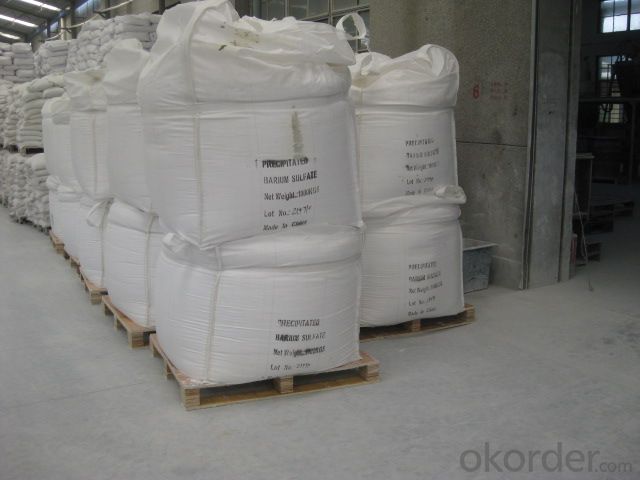
- Q: What is the zinc oxide?
- Zinc oxide is an oxide of zinc. Hard to dissolve in water, soluble in acid and alkali. Zinc oxide is a commonly used chemical additive, widely used in plastic, silicate products, synthetic rubber, lubricants, paint coatings, ointment, adhesives, food, batteries, flame retardants and other products in the production. Zinc oxide band gap and exciton greater binding capacity, high transparency, excellent room temperature luminescence performance in the semiconductor field of liquid crystal display, thin film transistors, light-emitting diodes and other products are used. In addition, the micro-particles of zinc oxide as a nano-materials also began to play a role in related areas.
- Q: Is the oxide pure?
- The same element of oxide is not necessarily pure, such as sulfur dioxide, sulfur trioxide. The The
- Q: What is salt oxide, what is not salt oxide?
- Can not react with acid or alkali to produce the corresponding price of salt and water oxide is called non-salt oxide.
- Q: Oxide and organic peroxide signs
- Broad oxide (oxide) refers to the oxygen element and another chemical composition of the binary compounds, such as carbon dioxide (CO?), Calcium oxide (CaO) and so on. But the combination of oxygen and electronegativity with greater fluoride is generally referred to as fluoride rather than oxide.
- Q: Iron oxides and their properties
- There is iron oxide, is iron oxide Fe2O3, reddish brown powder, commonly known as iron red, it can be used as paint pigments
- Q: Is SiO2 an amphoteric oxide?
- Not though SiO2 reacts with HF but the reason for this reaction is not because H + is because Si and F-coordination generated SiF4 is very stable.
- Q: What are the oxides of chlorine
- Chlorobase (Cl2O) Dichloride (Cl2O2) Trioxide (Cl2O3)
- Q: What is the oxide
- Elements and oxygen compounds are called oxides (and only two elements). Such as carbon dioxide (CO2), calcium oxide (CaO) Depending on the chemical nature of the oxide, the oxide according to whether the formation of salt with water and the type of salt can be divided into acidic oxides, alkaline oxides, amphoteric oxides and non-salt oxides [1] four categories. There are also many complex oxides.
- Q: Acidic oxide is a kind of oxide which can form acid or react with water to form salt and water. Generally non-metallic elements of oxides and certain transition metal elements of high-priced oxide. Such as sulfur trioxide SO3, phosphorus pentoxide P2O5, manganese dioxide Mn2O7, chromium trioxide CrO3 and so on. Most of the non-metallic oxides are acidic oxides. In our familiar non-metallic oxides, carbon monoxide and nitric oxide are not acidic oxides, and are usually classified as non-acid oxides.
- Note: Most of the non-metallic oxides are acidic oxides. In our familiar non-metallic oxides, carbon monoxide and nitric oxide are not acidic oxides and are usually classified as non-acid oxides.
- Q: Do not say fluorine gas, it is the strongest element, do not say that electronic anti-matter and current, authority ah
- Chlorofluorinated Chloride C1F5 Chlorinated Fluorinated Chloride is a non-combustible, non-combustible colorless gas with strong irritating odor at room temperature. Its solid state is white and has a pale yellow color. It is rapidly hydrolyzed to form chlorine and hydrofluoric acid It is a strong oxidizing agent that reacts strongly with most of the inorganic matter, so that although it does not burn in the air, it can cause fire and explosion.
Send your message to us
General purpose, Coating, PVC, Ink, Plastic, Different Usage Titanium Dioxide
- Loading Port:
- Qingdao
- Payment Terms:
- TT OR LC
- Min Order Qty:
- -
- Supply Capability:
- 1000 m.t./month
OKorder Service Pledge
OKorder Financial Service
Similar products
Hot products
Hot Searches
Related keywords
